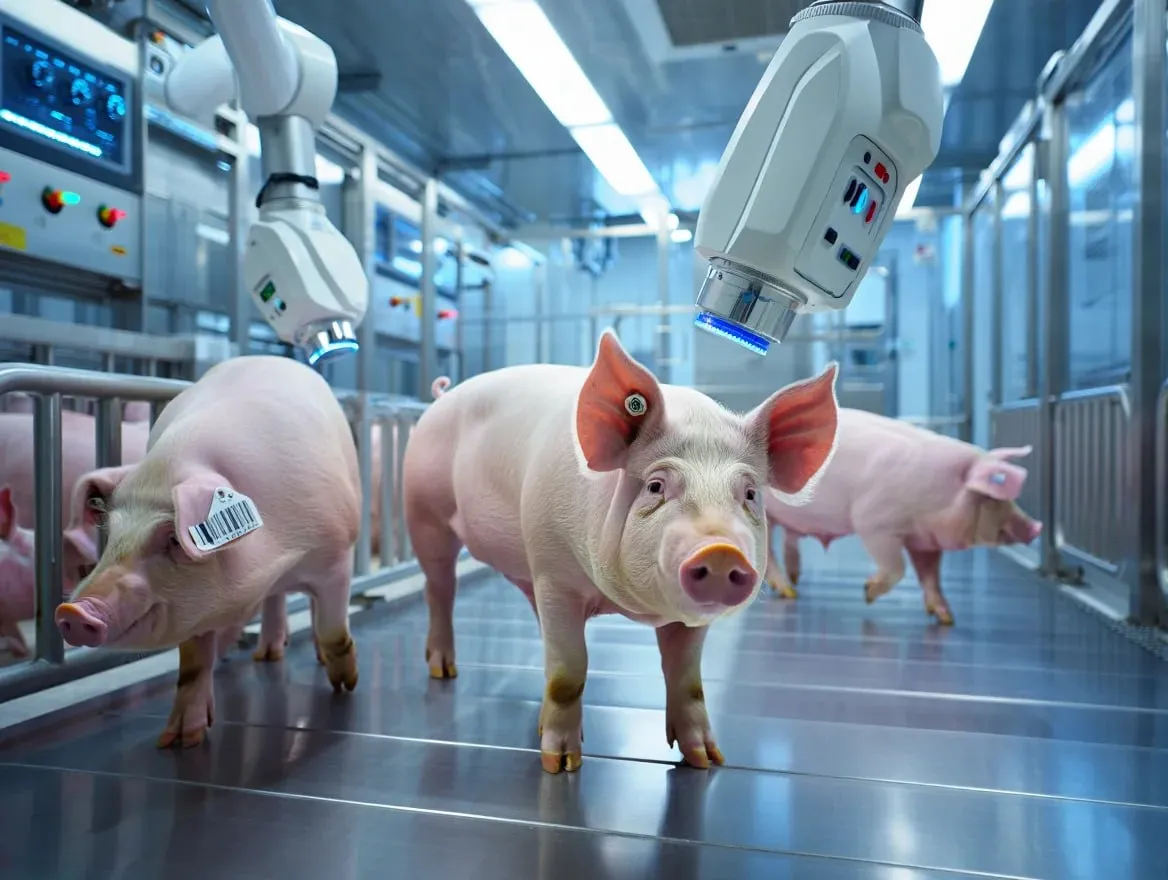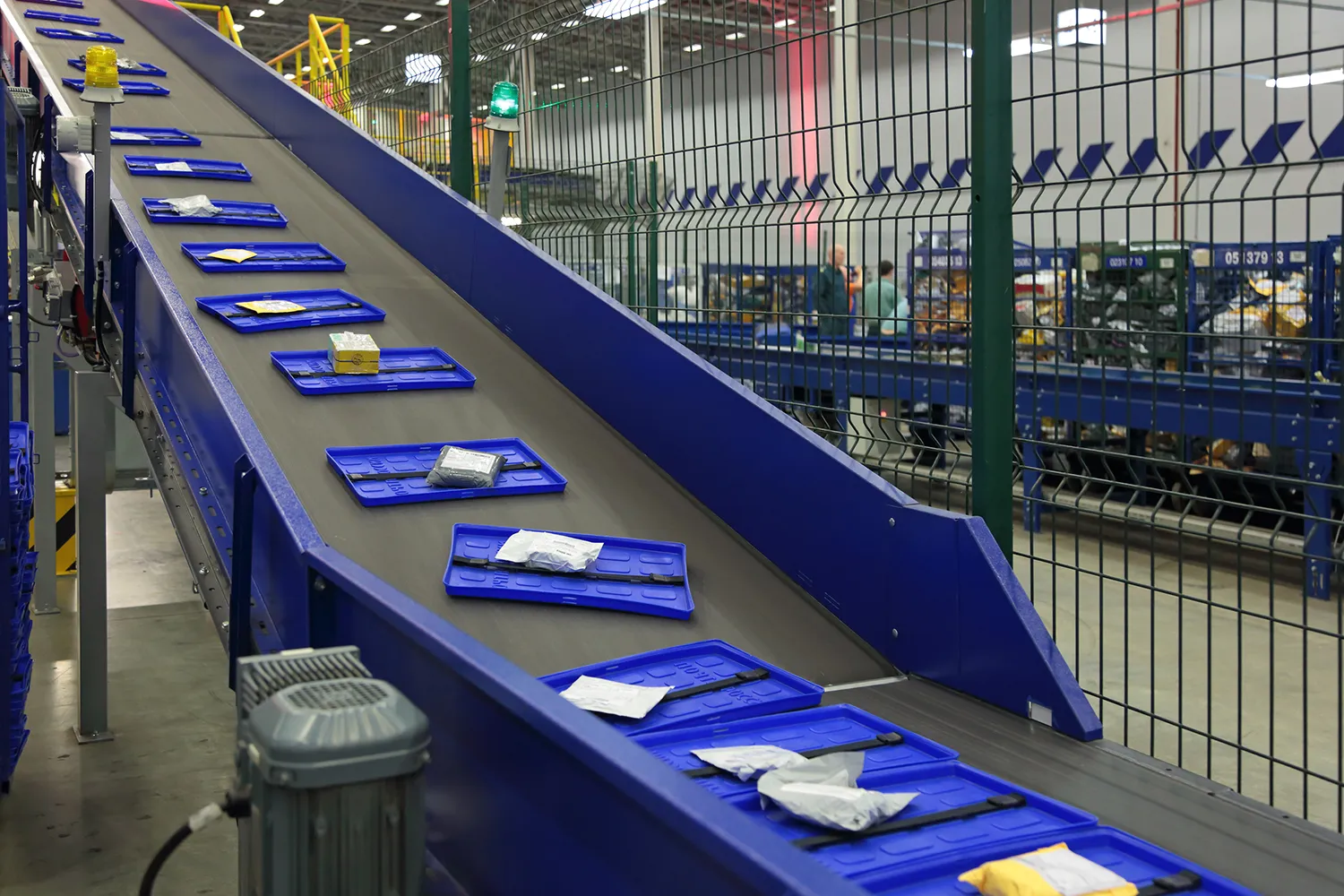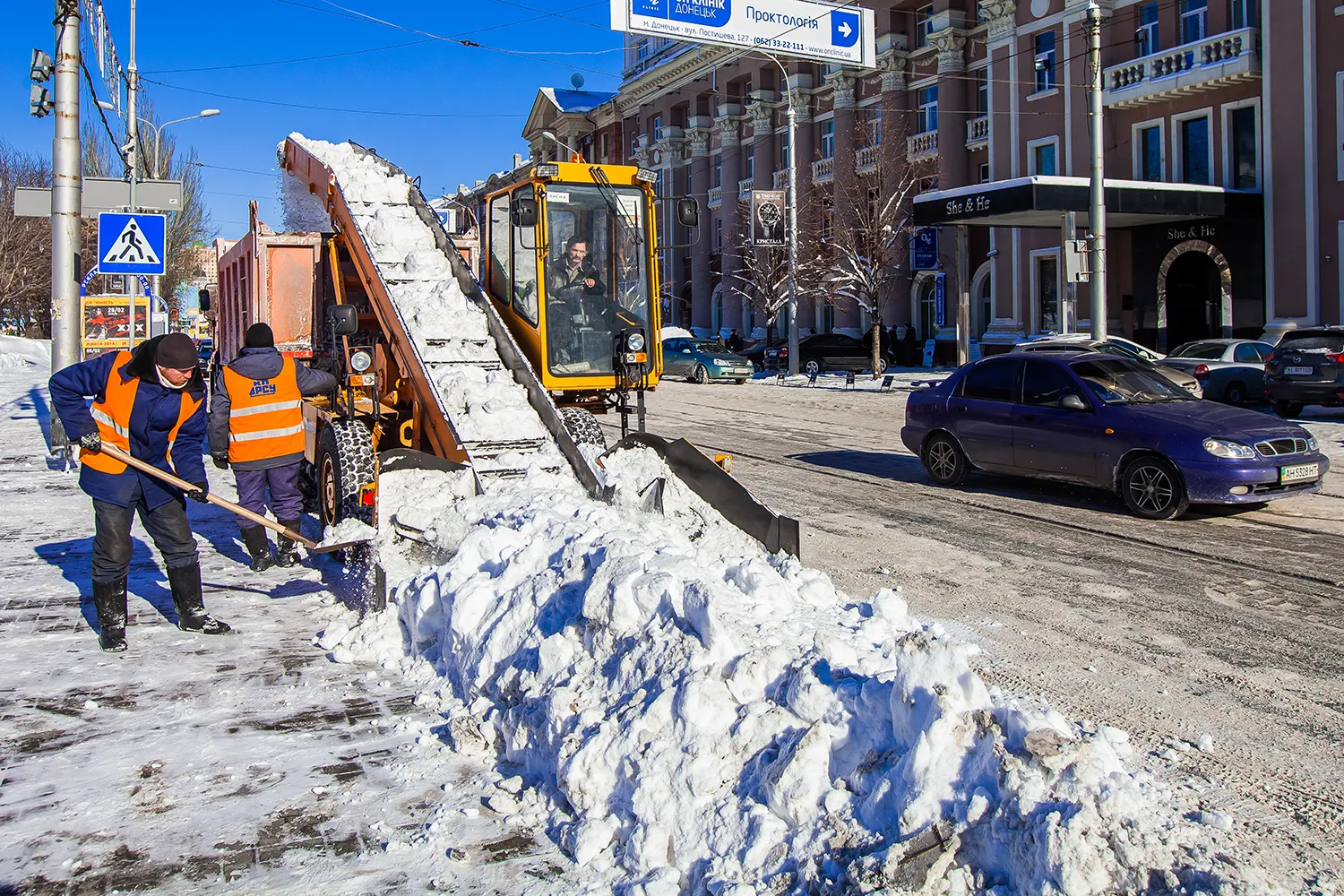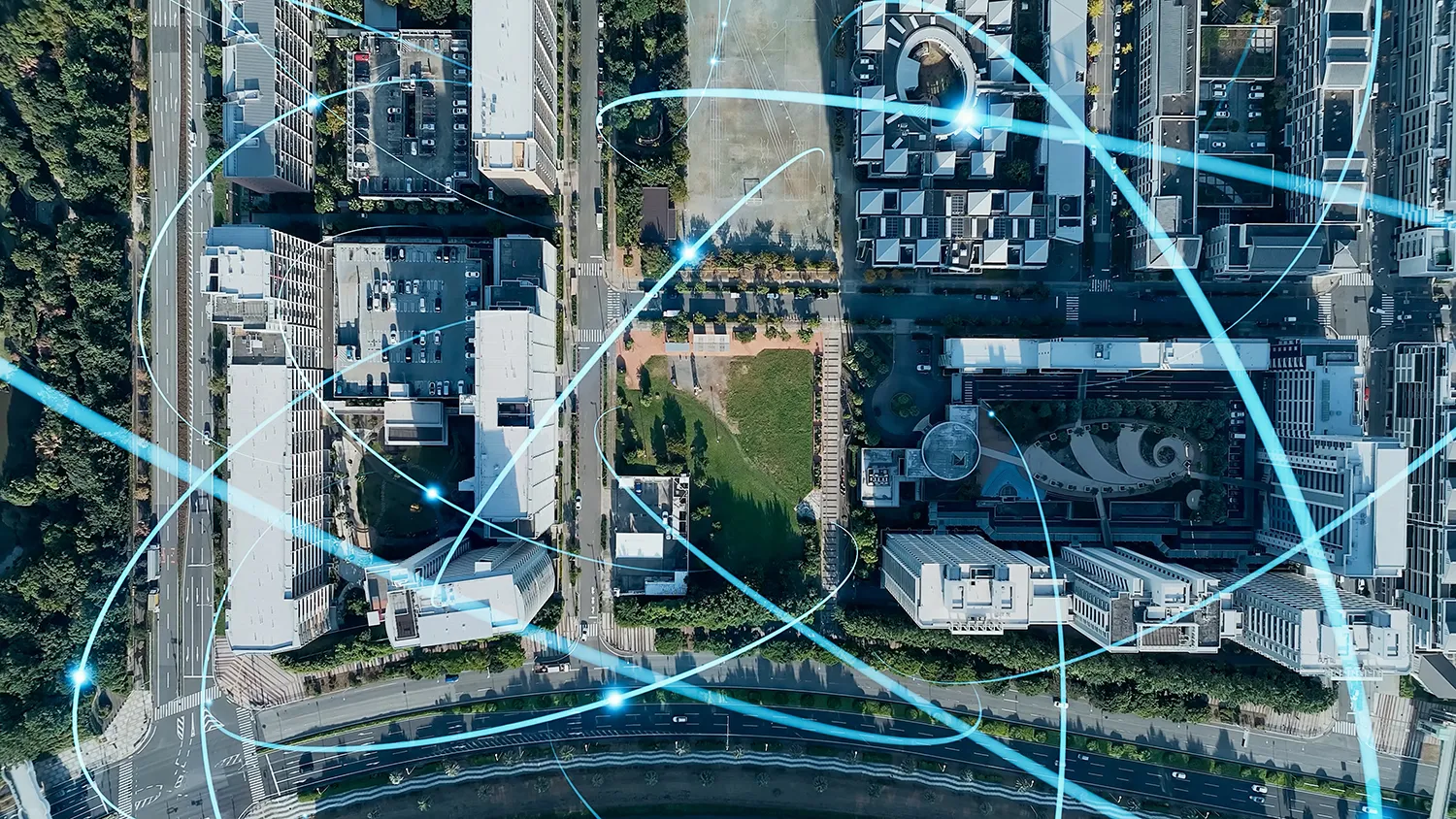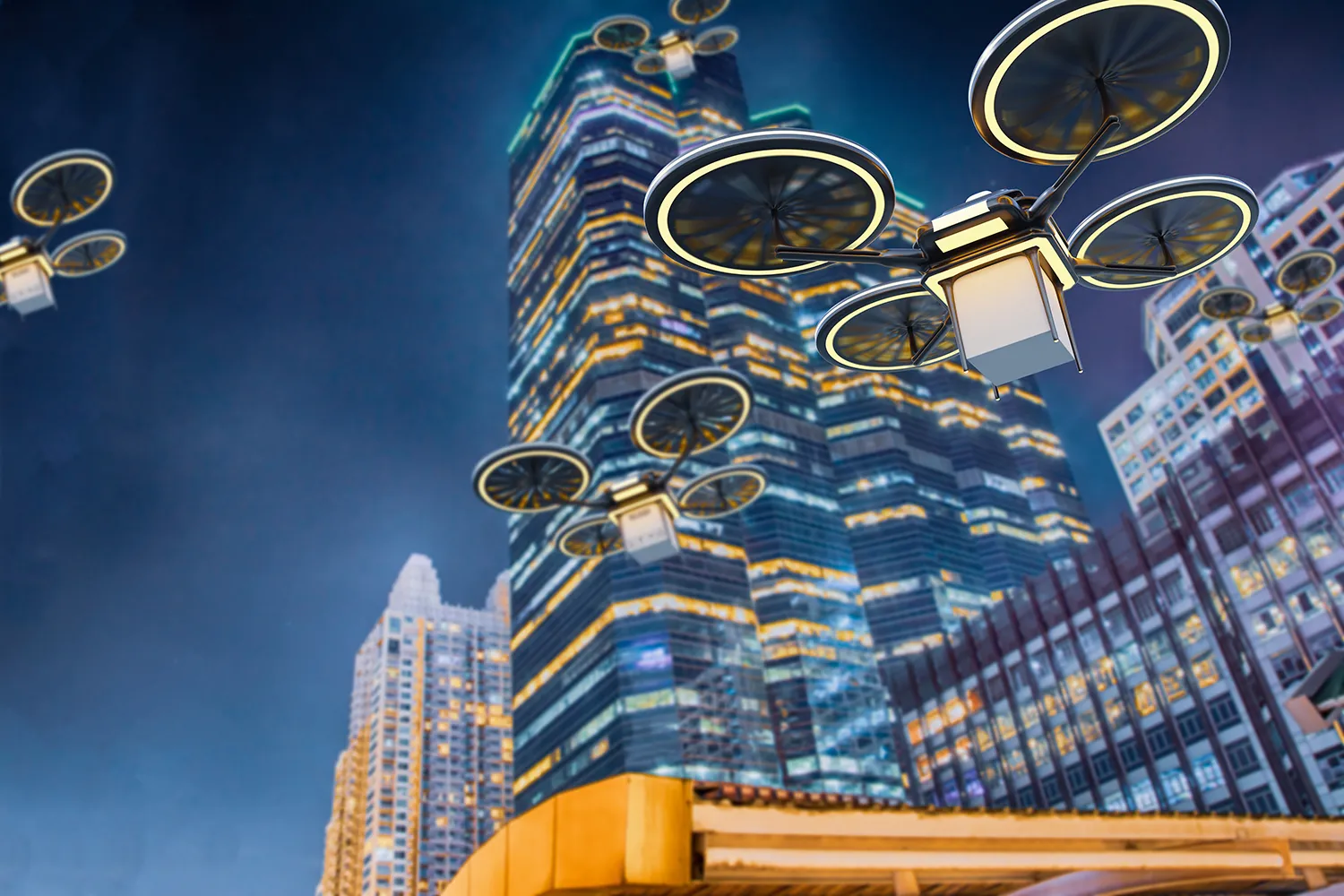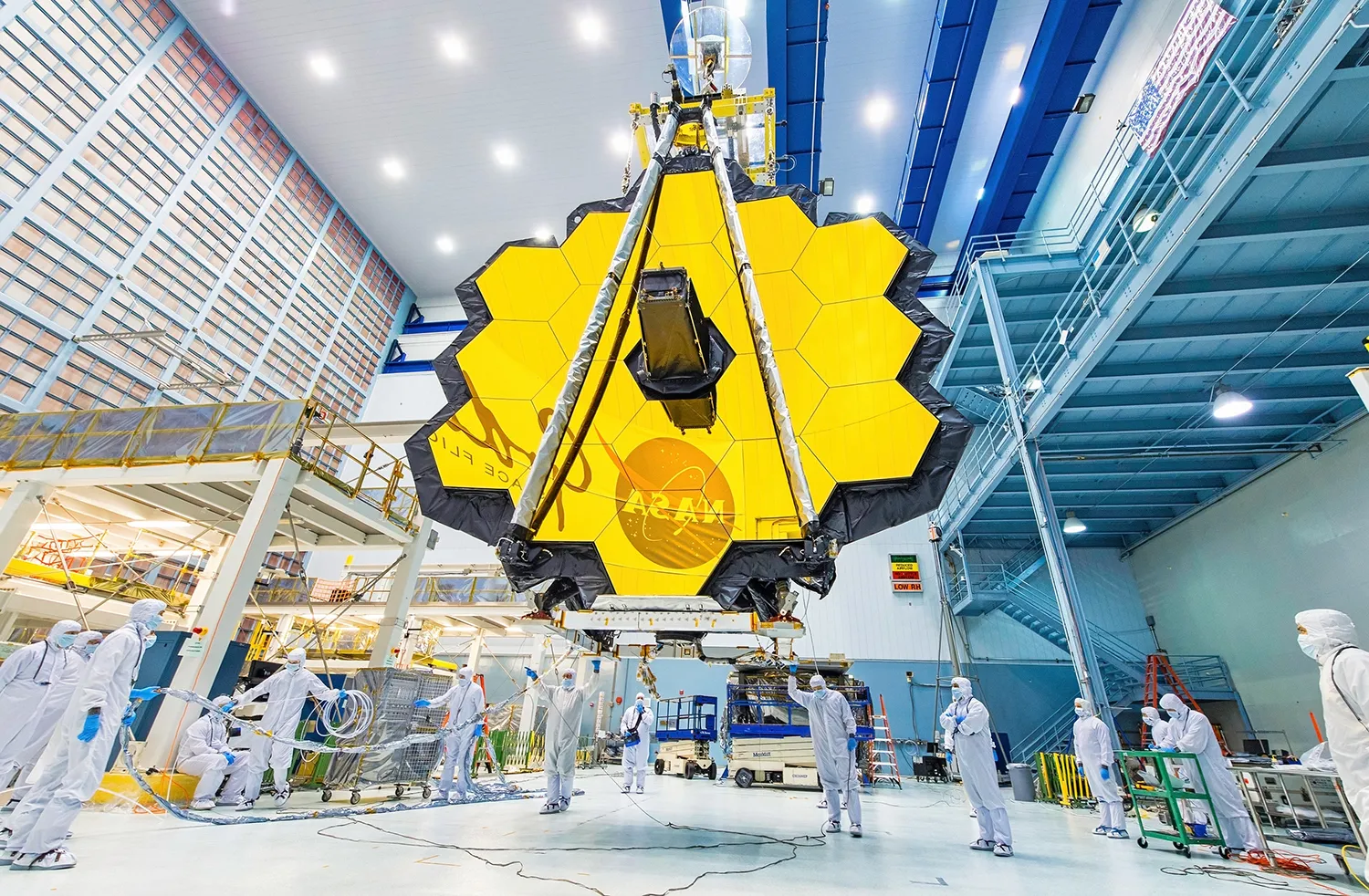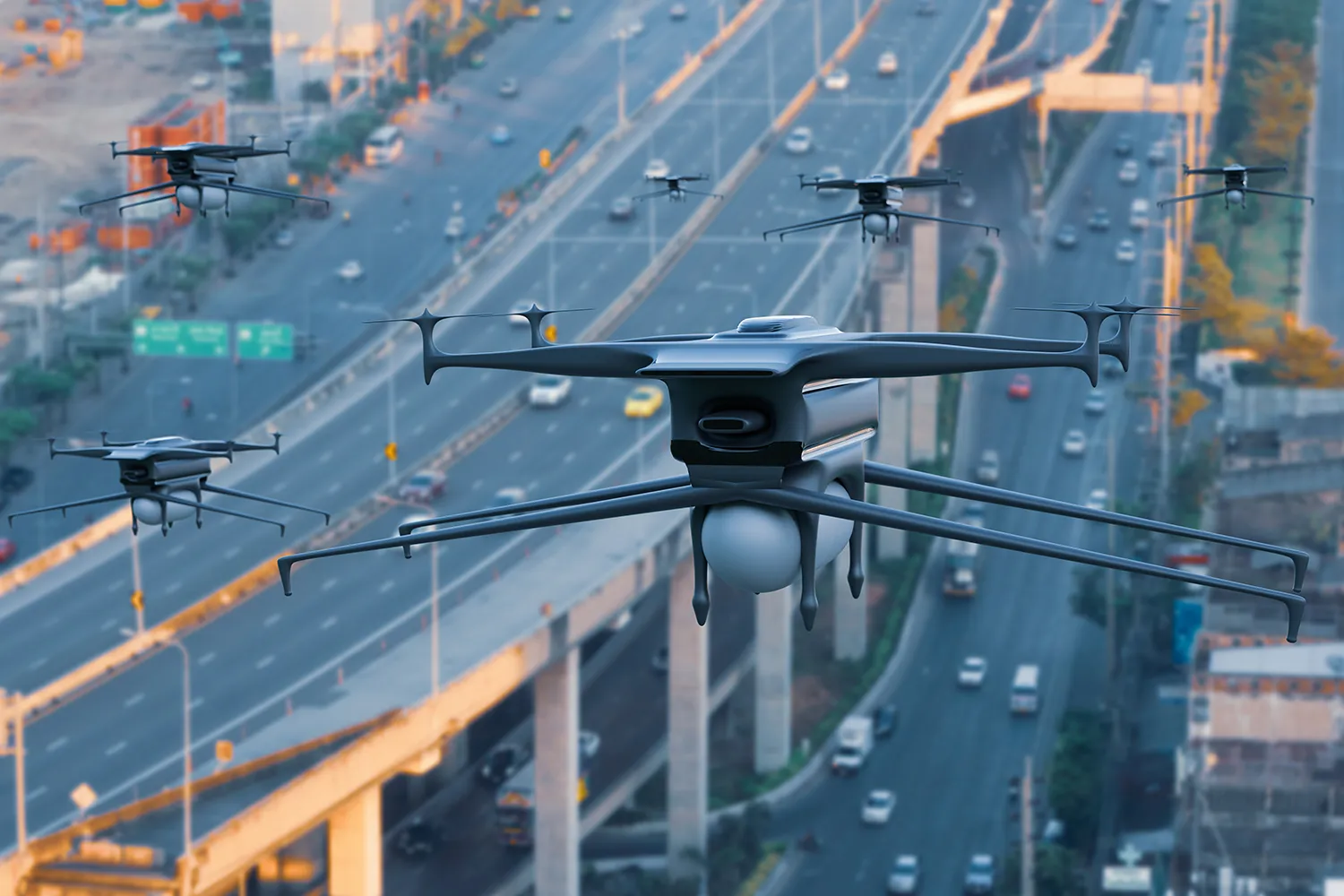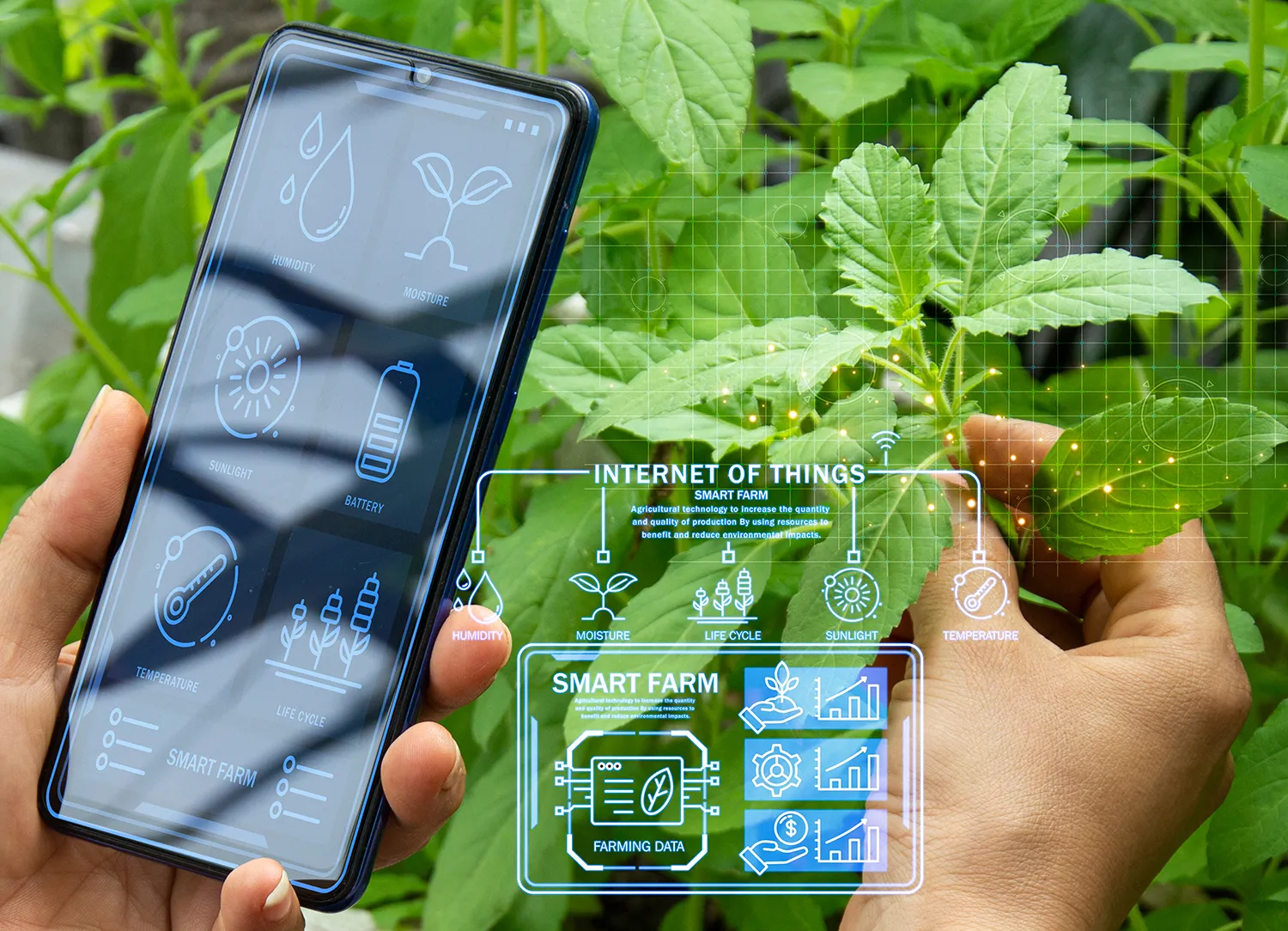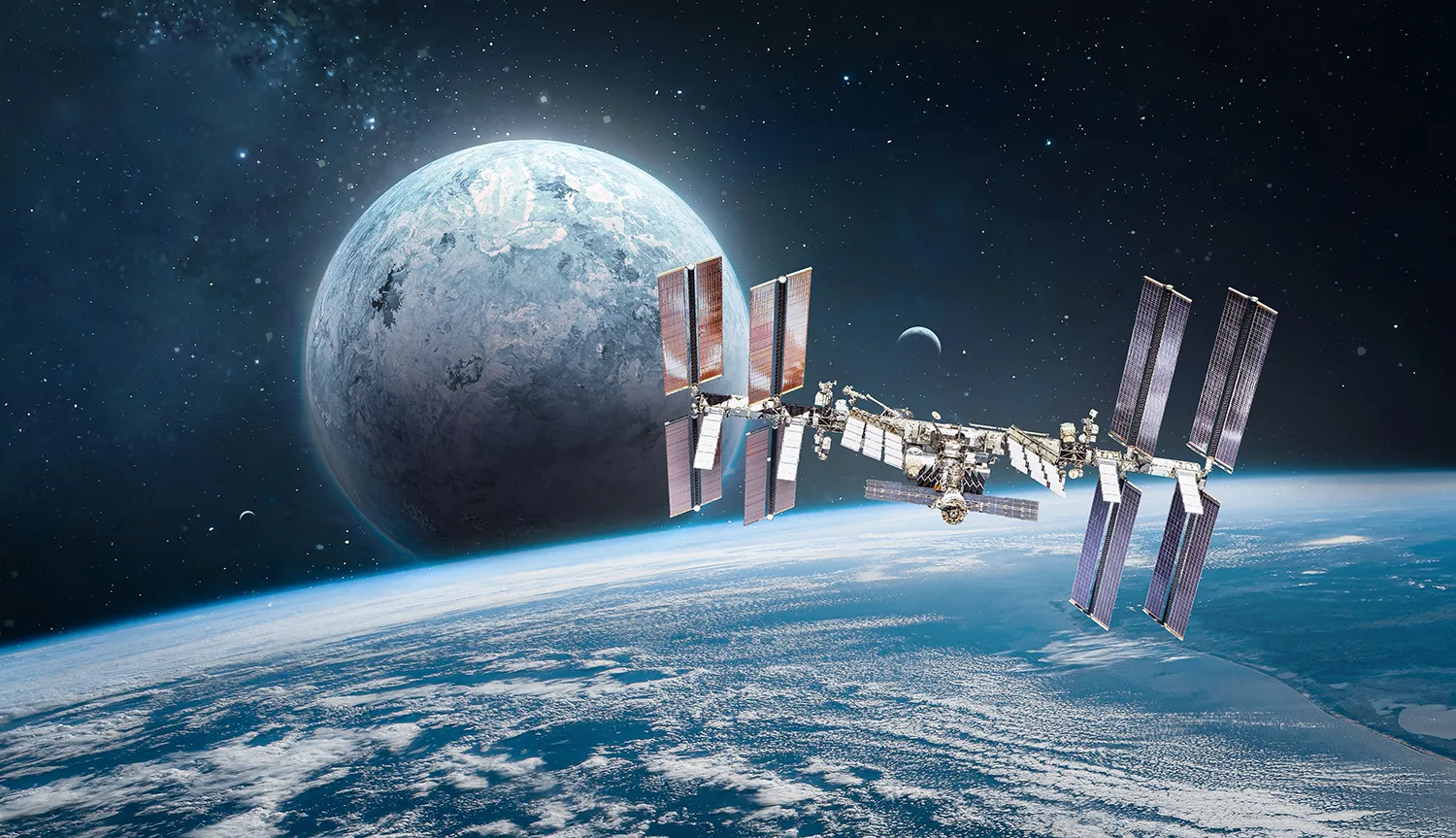Yaroslavl Region vs. Giant Hogweed: How Drones Are Helping Fight an Invasive Threat

Unmanned aerial vehicles are becoming a powerful tool in Russia’s fight against invasive plant species—and they’re starting with a toxic enemy that’s hard to eliminate by hand.
A New Front Against a Green Invader
Giant hogweed (Heracleum sosnowskyi) is more than an agricultural nuisance—it’s a fast-spreading, toxic invader that’s taking over millions of hectares across Russia, Europe, and North America. A single plant can produce up to 20,000 seeds per season, aggressively outcompeting crops and native flora while forming dense, impenetrable thickets.
Manual spraying has proven inefficient, especially in hard-to-reach areas. But Russian specialists are now deploying drones to spray herbicides precisely from above. These efforts are already underway in Yaroslavl Oblast, which in 2024 launched a major initiative to treat 6,200 hectares. So far, 1,500 hectares have been covered. By 2025, the region is set to allocate 57.5 million rubles (approx. $650,000) for the project—8.5 times more than in 2022.
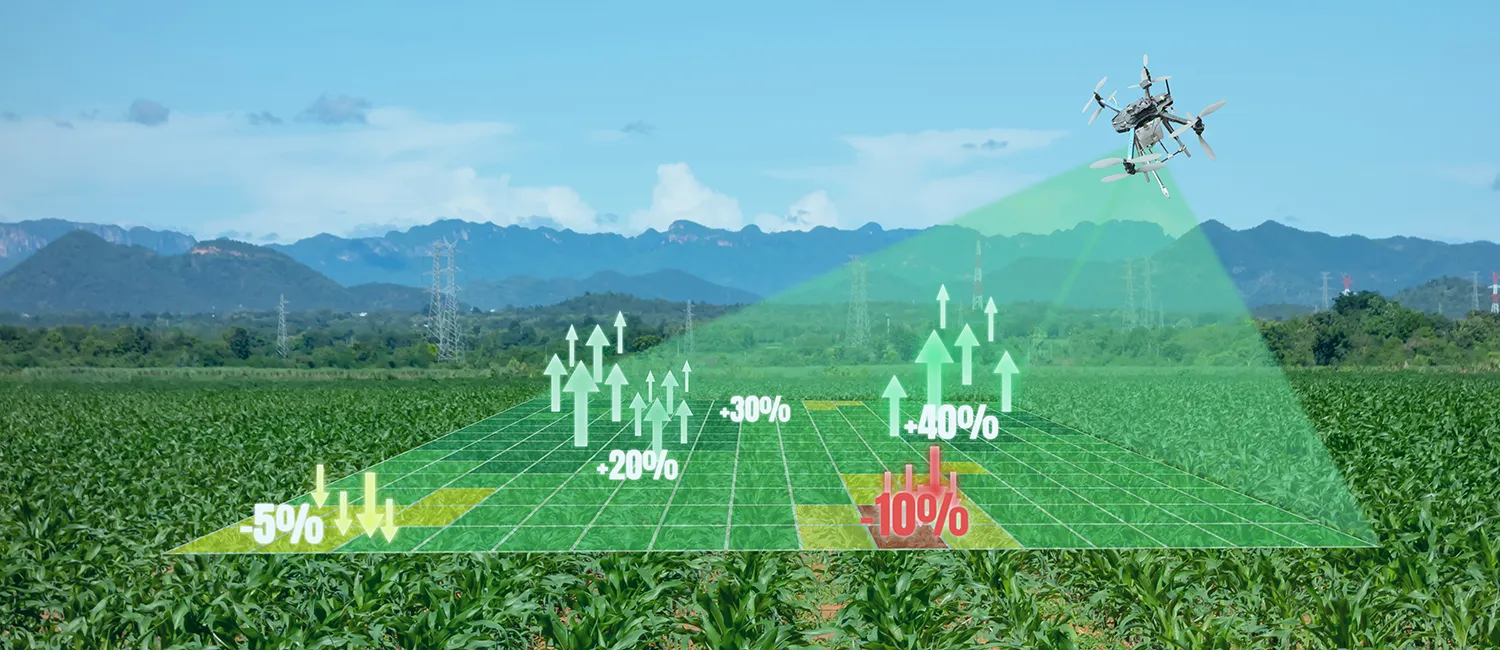
Smart Farming, Smarter Ecology
These drones aren’t ordinary—they’re equipped with GPS, cameras, and sensors, making them capable of navigating difficult terrain while avoiding unnecessary contact with hazardous plants. This not only increases precision and reduces chemical waste but also limits the risk of herbicides reaching non-target crops and water sources.
From an economic perspective, the strategy also makes sense. Using drone-based spraying not only improves ecological conditions but reduces manual labor costs and chemical use. The Analytic Center for Forestry and Agriculture (ACLSA, part of ITFB Group) is spearheading the initiative in Yaroslavl.
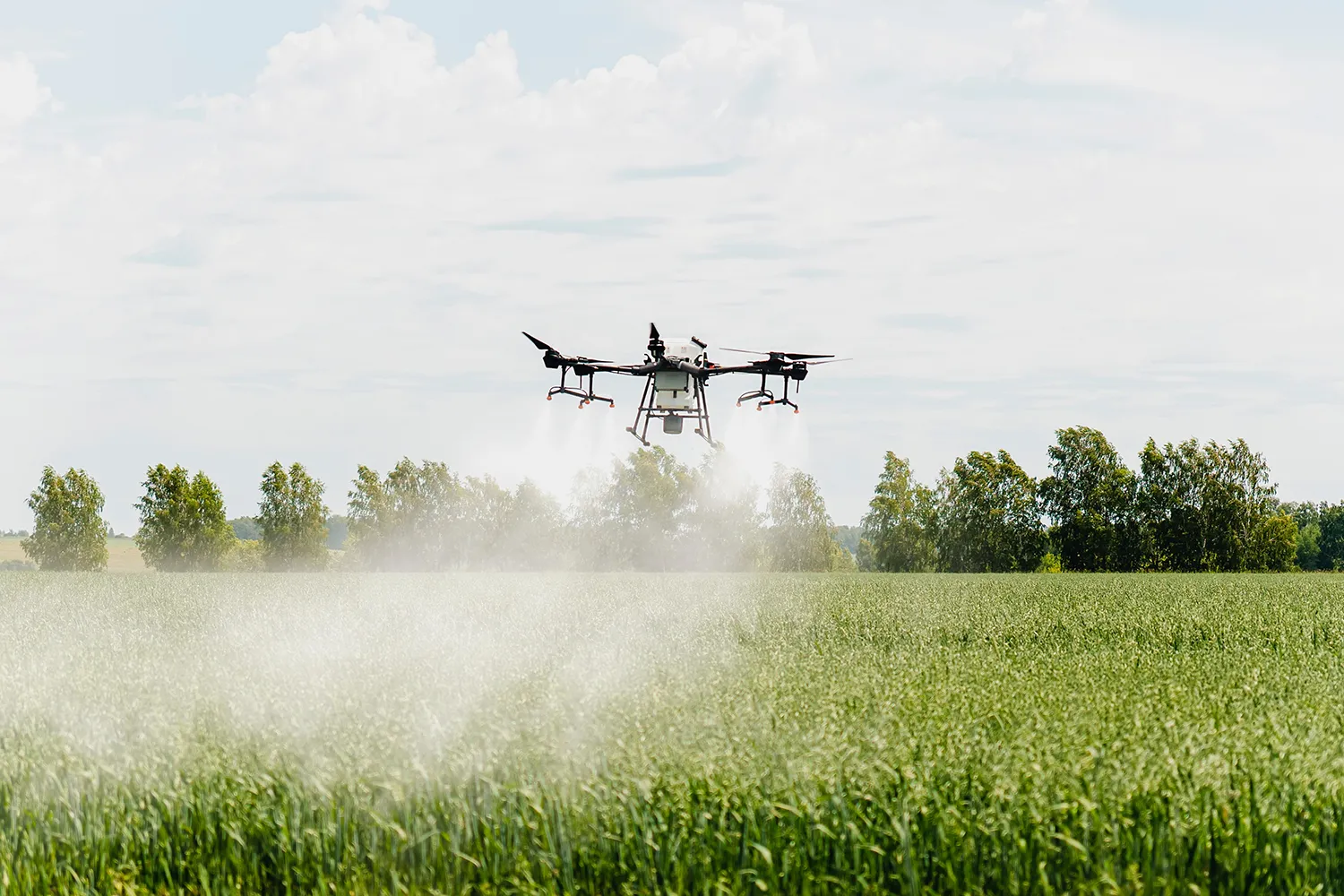
Scaling Up and Looking Abroad
This regional pilot has broader implications. With AI analytics and computer vision integration on the roadmap, the goal is to detect infested zones automatically and expand treatment areas. Future plans include switching to biopesticides and enabling private landowners to participate in containment efforts.
The solution could be exported to other Russian regions battling hogweed—like Leningrad and Novgorod—as well as countries across the CIS and Europe, where the plant poses a similar threat.
Tech Roots of the Strategy
The fight against hogweed by air began in 2021 when Russian engineers developed a drone capable of identifying the plant with 96.9% accuracy. Since then, funding in Yaroslavl has increased from 11 million to 68 million rubles. By 2025, more Russian territories—including Novgorod and Pskov—are expected to join, with pilot programs and penalties for unremoved hogweed being introduced.
A Model for Ecological Resilience
The Yaroslavl project illustrates how drone technology can deliver tangible ecological benefits. It’s a model that could transform environmental management, particularly when invasive species threaten biodiversity, soil quality, and public health.
“Giant hogweed is more than just a visual or agricultural nuisance,” says Ivan Petrov, managing partner at ACLSA. “It’s a real threat to human health, biodiversity, and soil fertility. We see the fight against it as an infrastructure challenge that requires a technological solution. Agrodrones offer an economical, precise, and environmentally sound approach.”





